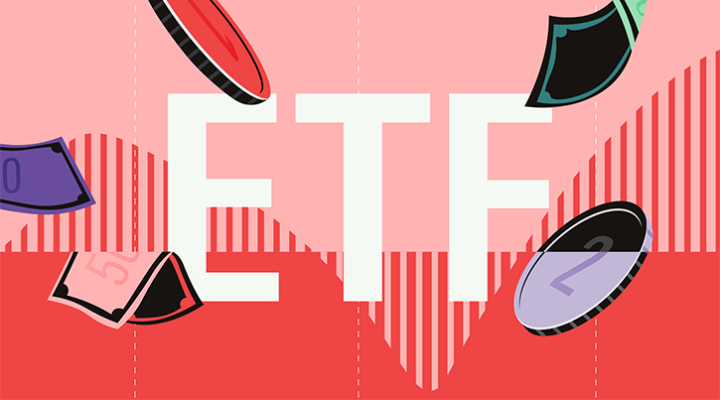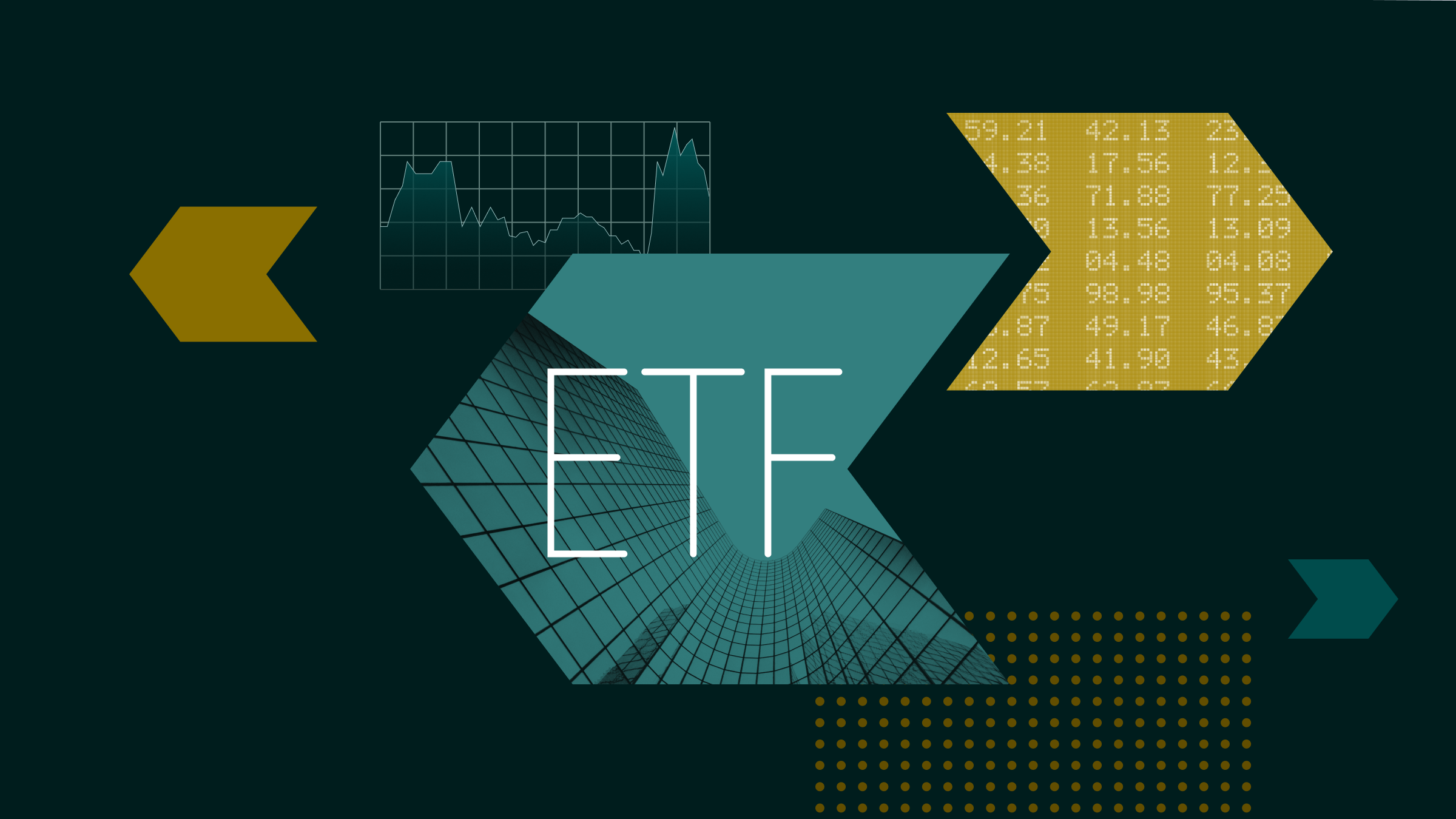This article is part of a series of quarter-end insights put together by Morningstar US. Access other outlooks here.
Key Takeaways
--Although we expect near-term volatility, over the long term credit spreads will continue to tighten.
--With absolute rates near all-time lows, we recommend sticking with corporate bonds with medium-term durations issued by firms with a wide economic moat, strong free cash flows, and fortress balance sheets.
--Issuers have been increasingly accessing the debt markets to lock in low rates in order to finance new initiatives or fund share repurchases/dividends.
Credit spreads tightened significantly throughout the third quarter, but we think spreads have further room to tighten on a long-term basis compared with historical averages. While it currently appears that most companies should be able to meet third-quarter earnings guidance, we expect the pace of credit improvement and earnings growth will slow in the fourth quarter as the easy year-over-year comparisons become harder.
The bond market benefited from fading concerns regarding the solvency of several European sovereign issuers and related stress on the European banking system in the third quarter. Credit metrics for corporate issuers generally continued to improve due to a combination of easy year-over-year comparisons, which resulted in declining leverage metrics, and a moderate inventory-led economic rebound. The new issue market was especially active as issuers took advantage of relatively tight credit spreads and near all-time low interest rates.

Fixed-income managers welcomed the abundance of new supply as investors rebalanced their investment portfolios in favour of fixed-income products over equity. Year to date through the end of August, fixed-income mutual funds experienced almost $200 billion of inflows compared with more than $23 billion of outflows from equity funds.
Spreads Tighten
Credit spreads tightened through the third quarter, and at +160 are at the midpoint of the trading range for the year. The Morningstar Corporate Bond Index was as tight as +130 in April during the height of the inventory-led economic recovery and widened to +190 in June at the peak of European sovereign credit crisis.
The European crisis was in full swing as the quarter began, as investors finally grasped the full consequences of sovereign credit deterioration and the potential impact on European banks' balance sheets if a sovereign issuer were to default. These concerns eased as the ECB and IMF cobbled together a financing package to temporarily fund countries that were unable to access the public debt markets. Worries were further alleviated after European banks disclosed the results of their stress tests. For all of its faults, the stress test results revealed the banks' resilience to further significant credit deterioration in a downside scenario if the Eurozone economy were to weaken further.
Over a longer-term perspective, credit spreads still appear to be cheap compared with historical averages. For example, the Merrill Lynch Corporate Bond Master Index is currently +184. While this index gapped out to over +600 during the heart of the credit crisis when the credit markets were effectively shut down, over the past 10 years the peak had been approximately +250 during the 2002 recession. By October 2003, the index had tightened back to +100 where it stayed in a relatively narrow trading range until July 2007, when the first tremors of the credit crisis were beginning.
Since the release of the ISM Manufacturing Index at the beginning of September, which surprised everyone to the upside, credit spreads have experienced a pretty strong tightening trend. However, this momentum has begun to fade as the market awaits the beginning of earnings season. While it currently appears that most companies should be able to meet third-quarter earnings guidance, we are concerned that the pace of credit improvement and earnings growth will slow in the fourth quarter as the easy year-over-year comparisons become harder.
In the short term, we believe that credit spreads have a greater chance of widening as guidance for the fourth quarter may not be as robust as the market expects. We also don't believe that the sovereign and banking issues in Europe have been resolved, and new headlines may resurface the same credit fears. However, over the longer term, we continue to believe that credit spreads are still relatively wide compared to long-term averages and our expectations for further credit metric improvements.
























